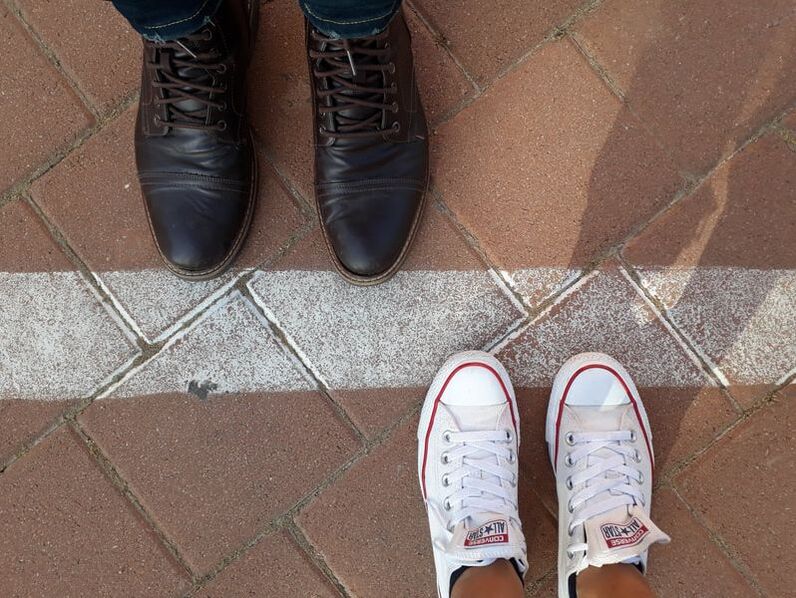|
|
|
By the 1980s a significant shift occurred in the ethnic composition of the Israeli middle class. This was the result of social and cultural changes in the Israeli society. The weakening of the Labour party, identified with European immigrants (Ashkenazim), and the rise of the right-wing Likud party, supported by Middle East and North Western Jews (Mizrahim), lowered ethnic boundaries in the labour market.
As I explore in my Identities article, ‘Invisible boundaries within the middle class and the construction of ethnic identity’, the transition from a centralised to a capitalist economy, together with the incorporation of Palestinians into the Israeli labour structure in 1967, released Mizrahi Jews from their low-status rank and enabled them to develop self-employed small businesses. A significant growth of local colleges throughout Israel in the 1990s enabled Mizrahi Jews who were not admitted to the universities to acquire higher education.
The mobility of Mizrahi Jews was also made possible by the social legitimation granted by the veteran middle class. This legitimation was the result of Zionist ideology that sought to eliminate 'ethnic' differences in order to create a unified Israeli identity. These changes narrowed the income gaps between Mizrahi and Ashkenazi Jews, to the eightfold growth in the number of Mizrahi students earning an MA degree, and to the formation of Mizrahi elites in the political sphere, state bureaucracy, the military and academia. These processes fostered the consolidation of a prominent Mizrahi middle class, to which currently more than half of Mizrahi Jews belong. The integration of Mizrahim into the Ashkenazi middle class led sociologists to assume that this integration would lower ethnic boundaries (discrimination and ethnic segregation) with veteran Ashkenazim and weaken Mizrahim's ethnic identification.
By exploring the daily experiences of 52 middle class adolescents, my research examined if indeed the integration of Mizrahi Jews into the veteran middle class lowers ethnic boundaries and weaken ethnic identities in Israel. The research demonstrates that although Mizrahi adolescents share with their Ashkenazi peers many social and cultural patterns such as joining youth movements and taking enrichment classes, frequent travel abroad and high cultural tastes, they suffer from subtle and invisible ethnic boundaries, i.e. microaggressions. Microaggressions are commonplace daily verbal, behavioural and/or visual acts that communicate negative slights and insults to express the superiority of the Ashkenazi group and provide verification of the inferiority of the Mizrahi group. By signifying ethnic differences between adolescents, these acts construct the ethnic identity of adolescents in three stages. In the first and second stages, everyday microaggressions classify spaces into Western/Ashkenazi and Eastern/Mizrahi sides and array them in hierarchies. In these interactions Mizrahi adolescents, who feel embarrassment, frustration and anger, internalise these classifications and thus identify with the set of cultural preferences and cognition schemes that 'belong' to the Eastern identity. In the last stage, when these adolescents move in middle-class spaces, they act in keeping with the cultural preferences and cognition schemes that they have internalised. To conclude, this research demonstrates that as racial ideology and overt boundaries lose their formal social legitimation, dominant middle-class groups react by shaping ethnic boundaries anew in order to maintain their domination.
Blog post by Guy Abutbul-Selinger, The College of Management Academic Studies, Israel
Read the full article: Abutbul-Selinger, Guy. Invisible boundaries within the middle class and the construction of ethnic identity. Identities: Global Studies in Culture and Power. DOI: 10.1080/1070289X.2018.1520448
0 Comments
Your comment will be posted after it is approved.
Leave a Reply. |
|
Explore Identities at tandfonline.com/GIDE |
|
The views and opinions expressed on The Identities Blog are solely those of the original blog post authors, and not of the journal, Taylor & Francis Group or the University of Glasgow.

